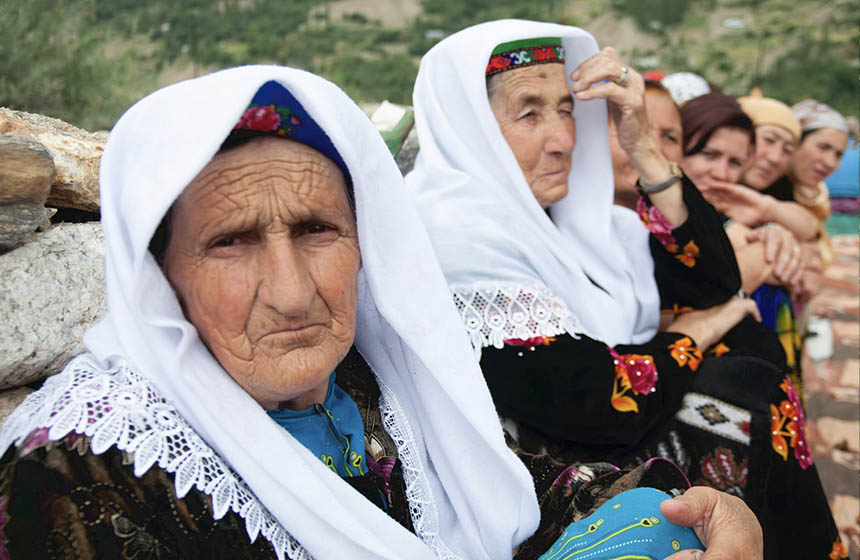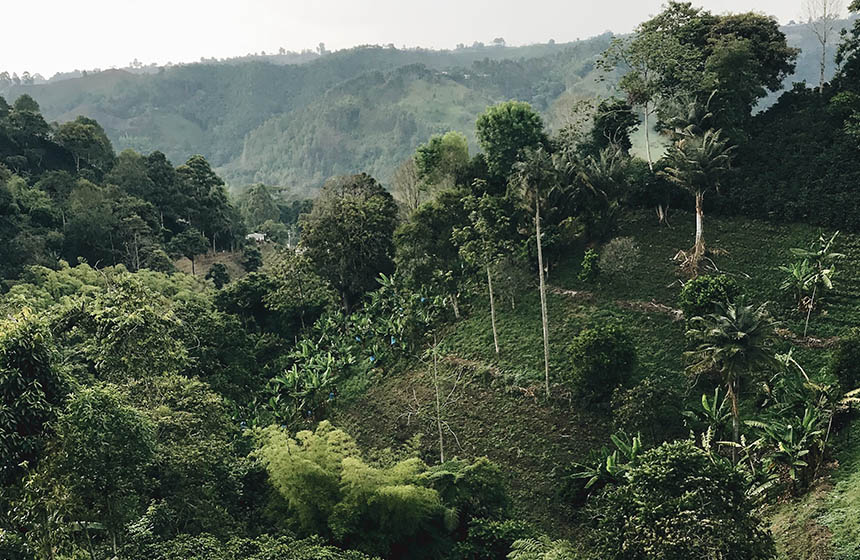Community-based ecosystem restoration
Community-driven landscape and ecosystem restoration emerged following decades of conflict, insecurity, and overharvesting of natural resources. Through tree planting, nurseries, forest patrols, river restoration, and improved resource management, communities have strengthened ecosystem functioning.
Nature-based Intervention:
Community members have protected two kilometres of river, constructed 125 check dams and 120,000 metres of terracing, and planted over 200,000 trees that prevent soil erosion and contribute to food security. Community tree nurseries and forest guard patrols support improved management of the reforestation efforts. The planting of varieties of indigenous trees and vine species enable ecosystem restoration and income generation for community members of one of the most remote and poor provinces in Afghanistan. The community efforts started in one local area but have since expanded to seven others, working to also ban illegal fishing and hunting, improve food security, and restore degraded lands throughout the region. Restoration techniques are developed and communicated in partnership with local religious leaders, commanders, and elders, ensuring a community-based approach to the interventions.
Overview of context and outcomes:
The Rural Green Environment Organization (RGEO) facilitates the project and works in northeastern Afghanistan to restore and more sustainably manage forests.
Case effectiveness on
Climate change
No mitigation outcomes were reported as a result of the intervention.
Restoration efforts are reported to have prevented soil erosion, enhanced nutrient- and water-holding capacity of the soil, and reduced landslides. These outcomes are likely to improve community resilience to the impacts of climate change. Furthermore, reported increases in food diversity and agricultural productivity are likely to further strengthen the resilience of communities to climate change.
Ecosystem health
Ecological effect: PositiveThe RGEO reports having planted 200,000 trees in total. Anecdotal evidence reveals that several species have returned in greater number to the area including partridges, foxes, wolves, snow leopards, and Marco Polo sheep. RGEO’s work has reported the regrowth of 150 medicinal plants and herbs that were formerly scarce. Community members have been trained in orchard and nursery management, reforestation, and environmental conservation likely bolstering long-term commitment to ecological conservation.
Socioeconomic outcomes
RGEO’s efforts have reportedly led to the gainful employment of several community members. According to the organisation, three community members have been trained as forest guards and a further 6,150 job opportunities have been created for both men and women in the valley.
Governance
The project is governed in collaboration between local communities and the Rural Green Environment Organization.
Finance
The project is supported financially by the Rural Green Environment Organization and the UNDP.
Monitoring and evaluation
The project includes some biodiversity monitoring in order to track the impacts of the restoration.
Trade-offs and limitations
No information yet available on tradeoffs.

Intervention type
- Food production
- Management
- Restoration
Conducted at landscape scale
Ecosystem type
- Montane/Alpine
- Terrestrial production
Climate change impacts addressed
- Loss of food production
- Soil erosion
Instigators
- Other
- Local NGO or CBO (eg. indigenous)
- National development organisation
- National government/agency
Societal challenges
- Biodiversity conservation
- Climate change adaptation
- Disaster risk reduction
- Economic and Social development
- Rights/empowerment/equality
- Food security
- Health
Outcomes
- Food security: Positive
- Water security: Not reported
- Health: Positive
- Local economics: Positive
- Livelihoods/goods/basic needs: Not reported
- Energy security: Not reported
- Disaster risk reduction: Positive
- Rights/empowerment/equality: Positive
- Conflict and security: Positive
- No. developmental outcomes reported: 7
Resources
Read resource 1Literature info
- Grey literature



